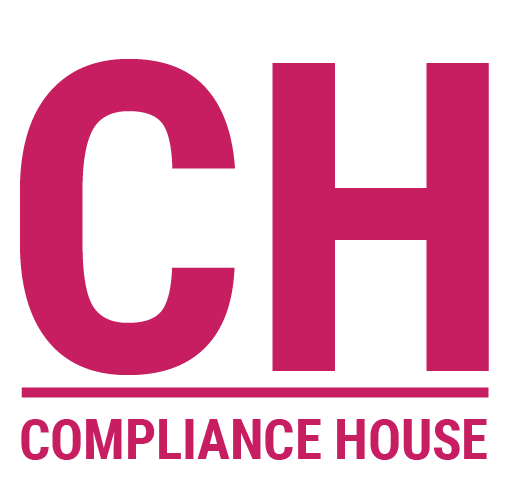Corruption is rarely a problem that one company can solve alone. It is systemic, persistent, and often embedded in the business environment — particularly in high-risk sectors and emerging markets. At Compliance House, we believe that the most effective way to tackle corruption at its roots is through collective action: coordinated, multi-stakeholder efforts that bring together companies, civil society, and public institutions to drive meaningful change.
Collective action is not just a concept. It’s a practical tool that helps level the playing field, reduce pressure on individual actors, and promote shared ethical standards. We’ve seen firsthand how these initiatives foster transparency, build trust, and influence policy — but only when they’re built on a foundation of credibility, inclusiveness, and sustained commitment.
One of the key lessons from the field is that collective action starts with shared recognition of the problem. Whether it’s customs corruption, procurement fraud, or conflicts of interest, companies must first acknowledge that these issues are not isolated — they are part of a broader system that no single compliance program can fix on its own. Once this recognition is in place, collaboration becomes possible.
Effective initiatives are grounded in mutual interest. Companies that might otherwise be competitors come together to protect the integrity of their industry, reduce risk exposure, and avoid being undercut by unethical players. Civil society organizations offer independent oversight and legitimacy. Public institutions bring regulatory alignment and enforcement capacity. Each party has a role, and none can succeed in isolation.
At Compliance House, we have helped design and lead numerous collective action projects — from integrity pacts in high-risk procurement to anti-corruption toolkits and private sector platforms that engage directly with government bodies. Our experience shows that success depends on clear governance, open dialogue, and realistic, measurable objectives. These projects are not built overnight, but with the right design and facilitation, they can drive lasting change.
Another critical success factor is transparency — both within the initiative and in how progress is communicated externally. Stakeholders need to see that commitments are real, that outcomes are tracked, and that accountability mechanisms are in place. When collective action is done well, it not only strengthens compliance at the organizational level, but also builds public trust and improves the broader business climate.
Perhaps the most inspiring aspect of collective action is its ability to shift the narrative. It changes the question from “What can we get away with?” to “What can we build together?” It empowers companies to become integrity champions — not because they have to, but because they choose to lead by example.
In a world where corruption remains a top barrier to development, investment, and public trust, collective action offers a proven path forward. It is bold. It is collaborative. And it works.
Interested in launching or joining a collective action initiative? Compliance House is here to guide you with practical tools, facilitation support, and deep field experience. Let’s co-create solutions that drive systemic change — one partnership at a time.





